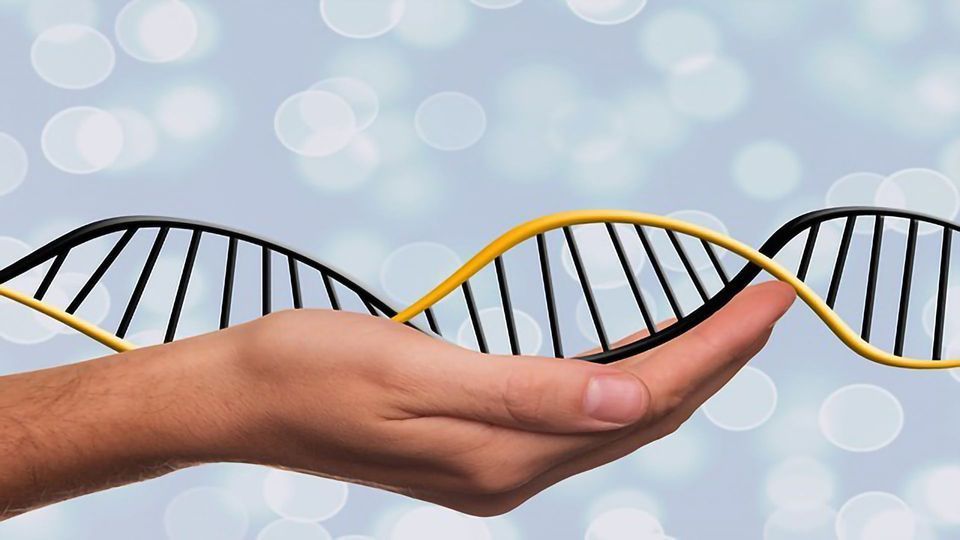Bacterial DNA Can Be Read Forwards or Backwards

Complete the form below to unlock access to ALL audio articles.
Bacteria contain symmetry in their DNA signals that enable them to be read either forwards or backwards, according to new findings at the University of Birmingham which challenge existing knowledge about gene transcription.
In all living organisms, DNA code is divided into sections which provide information about a specific process. These must be read before the information can be used. Cells identify the start of each section using ‘signposts’, which scientists first identified in the 1960s.
It has always been assumed that these signposts enable genetic sequences to be read in a single direction. The new study, published in Nature Microbiology, however, shows that single-celled organisms have symmetrical DNA signposts. This means that the DNA code can be read in either direction.
Lead author, Professor David Grainger, explains: “Most of the studies on gene signalling overlook the symmetry, but we think this is incredibly significant and represents a whole new level of regulating genes that has not yet been investigated.”
The precise reasons for the two-directional reading are not yet clear and will require further investigation. One theory the team is considering is that it helps to avoid reading ‘collisions’ with other sequences.
Although the current study focuses mainly on bacteria, the team speculate that the signpost symmetry is likely to be found in humans, animals and other organisms too. The next step for the research will be to investigate the phenomenon in yeast cells which more closely resemble human cells.
Professor Grainger adds: “Understanding how genes are read is fundamental to many branches of biotechnology. Lots of medicines, for example, are dependent on being able to control how genes are read, so it’s important to fully understand how these signals work, and how we can use that knowledge to improve healthcare.”
Reference: Warman EA, Forrest D, Guest T, Haycocks JJRJ, Wade JT, Grainger DC. Widespread divergent transcription from bacterial and archaeal promoters is a consequence of DNA-sequence symmetry. Nature Microbiology. 2021. doi:10.1038/s41564-021-00898-9.
This article has been republished from the following materials. Note: material may have been edited for length and content. For further information, please contact the cited source.

